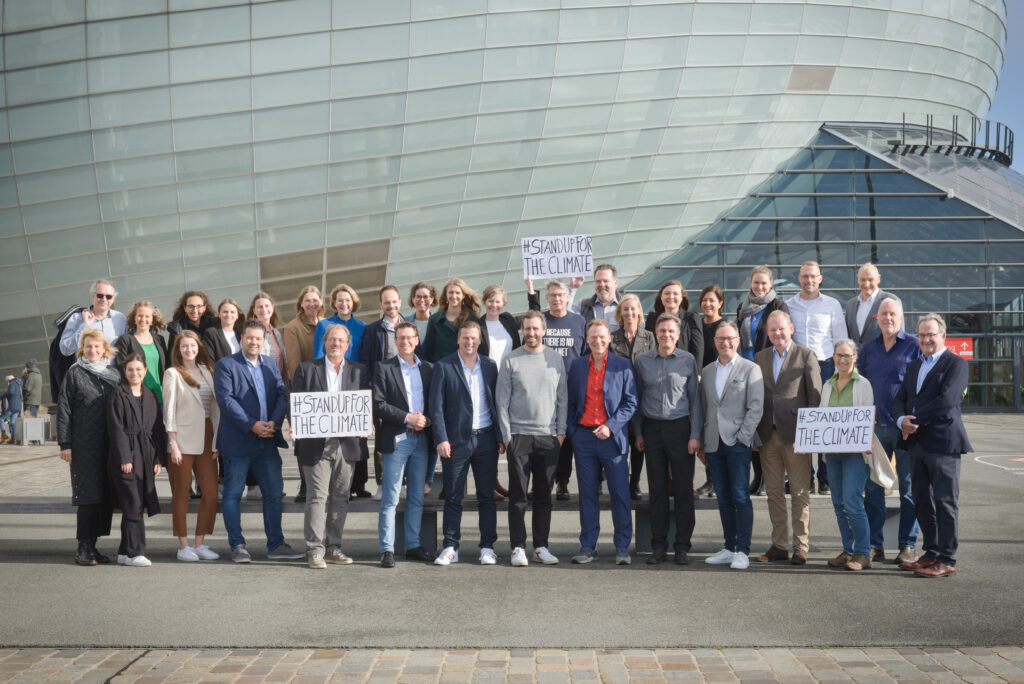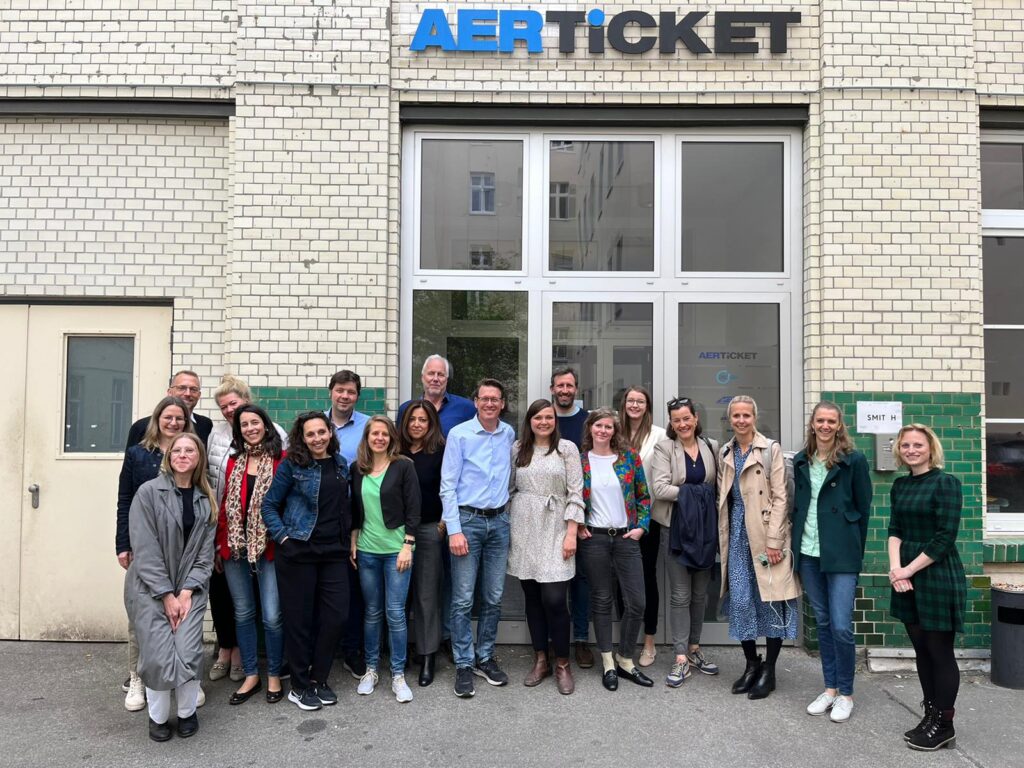)
Climate-conscious travel
With around 8% of all emissions, the tourism industry is a major contributor to global warming. A first, decisive step towards climate neutrality is transparency: by calculating the emissions caused in a standardized way and presenting them to employees and customers. This is the declared aim of the Futouris industry project "Climate-conscious travel".
)
Project goals
Development of a standard for calculating CO2 emissions from the individual components of the (tourism) value chain.
Broad application of the standard in the tourism industry.
Digital provision of reliable emissions data for the industry.
Uniform labeling of the climate footprint of travel to create transparency for product managers, sales and travelers.
Increasing the supply and sale of climate-friendly travel.
Reducing greenhouse gas emissions in the German-speaking travel industry.

Transparency is the first step towards climate neutrality
The aim is to significantly reduce the industry's climate-damaging emissions by 2030 and completely reduce them by 2050.
In January 2020, the Futouris sustainability initiative and its members committed themselves to the agreements of the 2015 Paris Climate Summit and the goals of the EU Green Deal (see Futouris position paper on climate protection) and therefore decided to make climate protection the focus of their joint initiatives as an industry project.
A common standard for calculating CO2e emissions is required in order to achieve transparency and comparability for tour operators, distributors and travelers with regard to the climate-damaging emissions of the tours offered. Only in this way can the climate impact of travel be included in a comparable manner both in the design of the offer and in the travel decision.
On behalf of Futouris and DER Touristik, the Center for Sustainable Tourism (ZENAT) has compiled a market overview of existing climate accounting systems and evaluated the various standards. There are already good calculation bases for emissions from air travel and methods that also determine the climate impact of other travel components. However, there is no climate accounting standard that covers all elements of the tourism value chain and is also accepted as an industry standard by as many partners as possible.

In phase 1 of the industry project, an initial version of the common basis for calculating travel emissions was developed. The most important travel components were included:
Flight
Rail
Bus
Vehicle
Hotel
Existing calculation methods were reviewed and compared for these components, suitable methods were selected, supplemented, adapted or, in a few cases, newly developed, adapted or, in a few cases, developed from scratch
After being adopted by the Futouris General Assembly, the standard was transferred to the newly founded organization KlimaLink for further development. At KlimaLink, the calculation methods are dynamically adapted to the latest scientific findings in working groups with member companies and experts.
Based on this calculation standard, the CO2e emissions will be uniformly reported for all trips in future. This will enable customers to make an informed decision and allow us to substantially and measurably reduce the absolute emissions of our industry.
The following activities were implemented
Phase 1: Standard development
Existing methods for the carbon footprinting of individual travel components were reviewed and gaps identified. Calculation methods for the identified gaps were developed and existing methods were improved. All methods were then combined into an overall standard and finalized in an industry-wide coordination process. In the final step, a viable business model for long-term application was developed.
Phase 2: Implementation and system integration
The uniform emissions data based on the common standard must be integrated into the industry's IT infrastructure so that the emissions of the various travel components can be calculated and displayed at the POS (points of sale).
The KlimaLink e.V. association was founded in October 2022 to achieve this goal and ensure the provision of reliable emissions data in the long term.
KlimaLink: Easy availability of reliable emissions data
The aim of KlimaLink is to provide digital and up-to-date emissions data from travel modules and holistic trips based on the uniform, ISO-compliant CO2e calculation standard and to make this data easily accessible in a single data source (one-stop platform) for companies as well as travelers.
Together with partner atmosfair, the KlimaLink IT platform was programmed and tested in practice with member companies over the course of 2023. The platform has been available to the entire travel industry since fall 2024. Emissions data for key travel components such as flights, hotels, buses and cars can currently be accessed. In the future, other important elements such as rail, ship, vacation properties and local activities will follow.
The key to success is the automatic integration into the travel industry's booking system landscape, so that emissions can be displayed directly at the point of sale - where booking decisions are made. The first travel companies have been displaying KlimaLink data in their sales systems since 2025.
There is huge interest in a central emissions data platform for the travel industry, with 39 associations, companies and organizations from Germany, Austria and Switzerland already involved in KlimaLink. The Futouris industry project is supported by the travel associations of the DACH market - DRV, ÖRV and SRV.
Effective presentation of climate protection as a decision criterion
In order for travelers to take climate impact into greater consideration when booking, the carbon footprints of travel offers must be presented in an understandable and convincing way at the point of sale. In the project "Decision criterion Climate protection", funded by the LIFT Climate Program of the Federal Ministry of Economics and Climate Protection (BMWK), Futouris worked with ZENAT, NIT and the DRV to develop such an effective presentation.
A central component of the developed presentation of the climate footprint is the reference to the "climate-friendly annual budget" of 1500 kg CO₂ per person. This context helps consumers to realistically assess the climate impact of their trip - and motivates them to make conscious decisions.
Find out more about the project
Transparency when traveling: The climate footprint explained simply
How the footprints are used for product design:
In order to effectively reduce emissions in tourism, not only transparency is needed, but also concrete measures for improvement. This is precisely where the project "Climate-friendly product design", funded by the LIFT Transformation Program of the BMWK, comes in.
In collaboration with scientists and pilot companies, tools and training formats were developed to incorporate the climate impact of travel directly into product design.
Find out more about the project now: Climate-friendly product design for tour operators

)
)
)
)
)